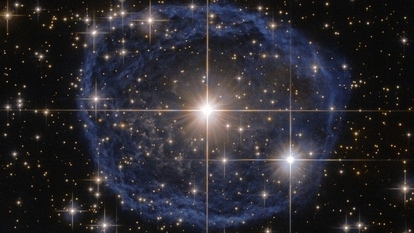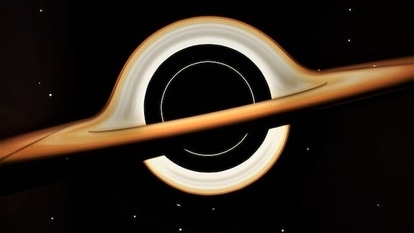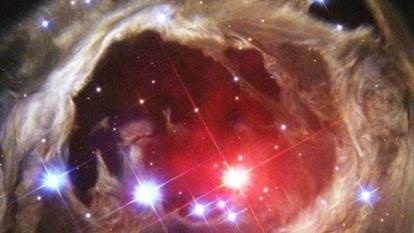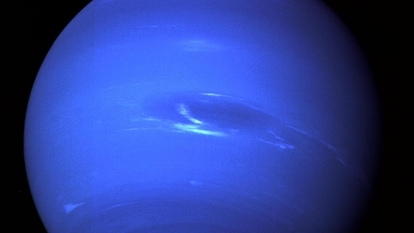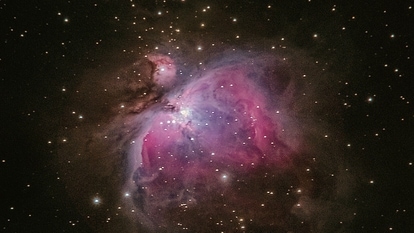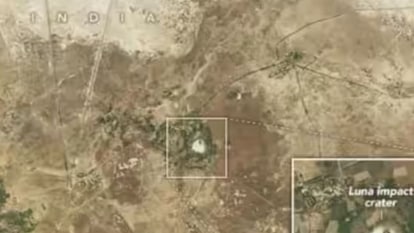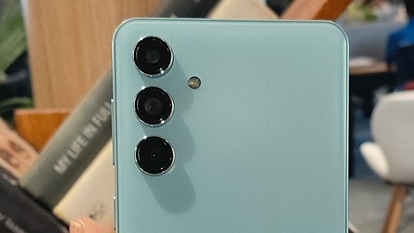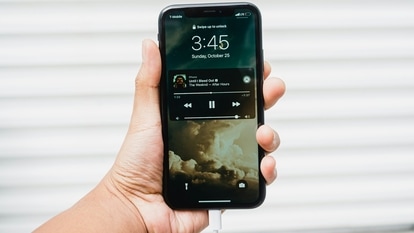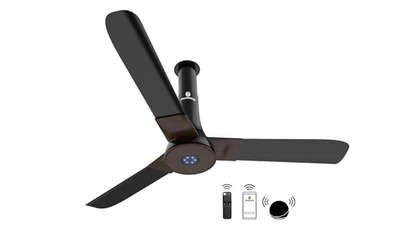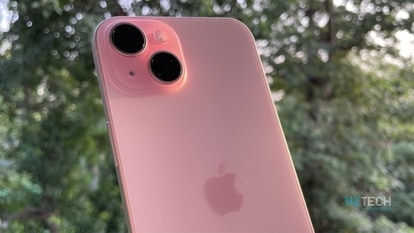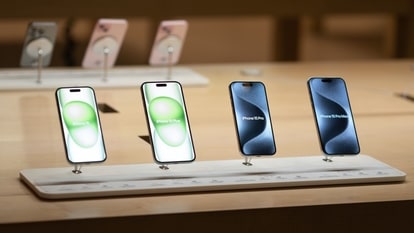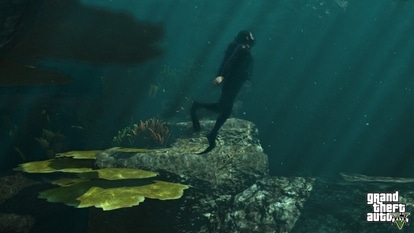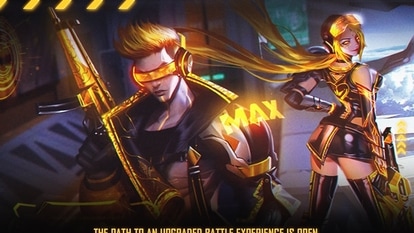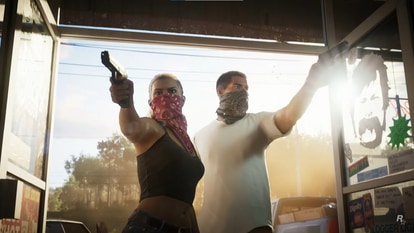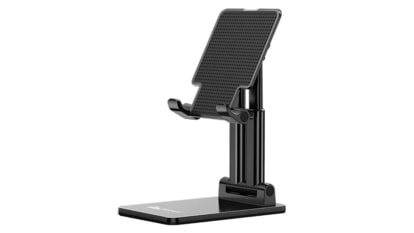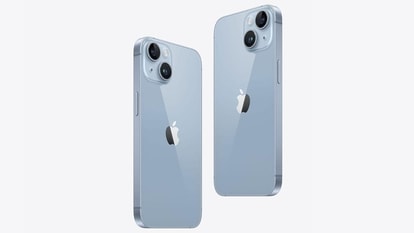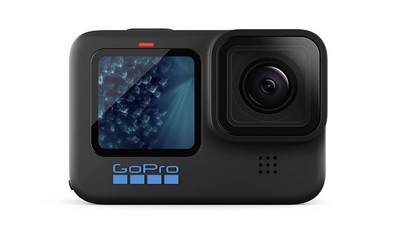Chelyabinsk disaster shows how dangerous an asteroid really is; Know this HORROR story
Astrophysicist Neil deGrasse Tyson spoke about the asteroid horror story, dubbed the Chelyabinsk disaster, in Russia. Know just how dangerous an asteroid can be.
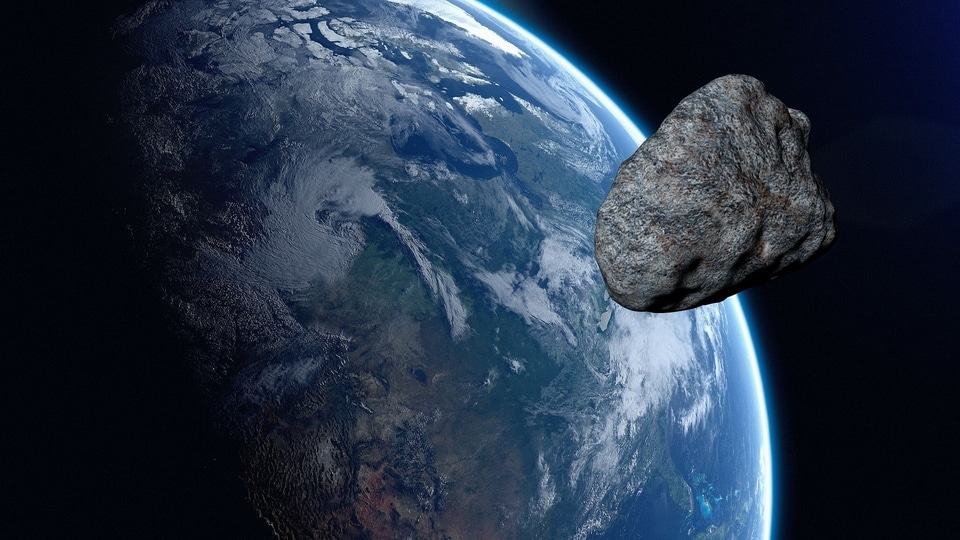
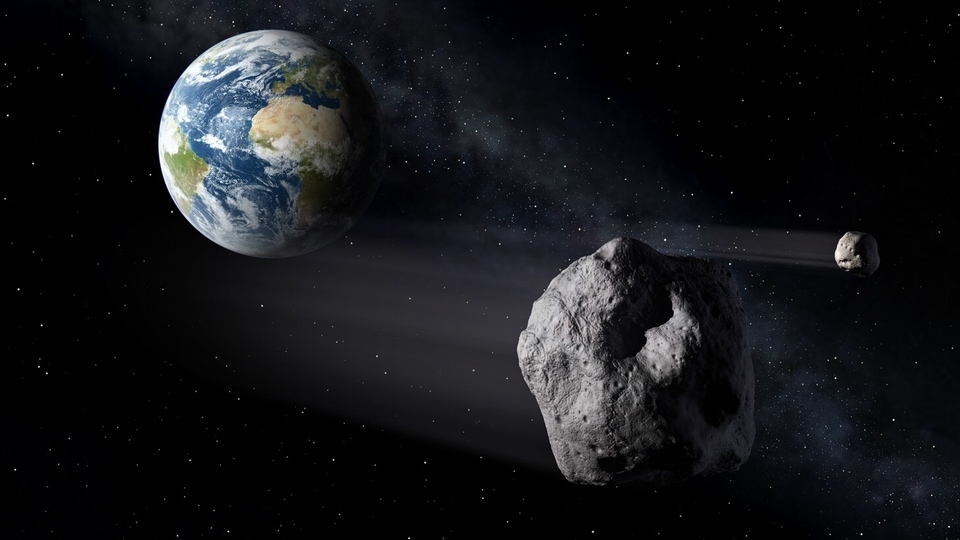
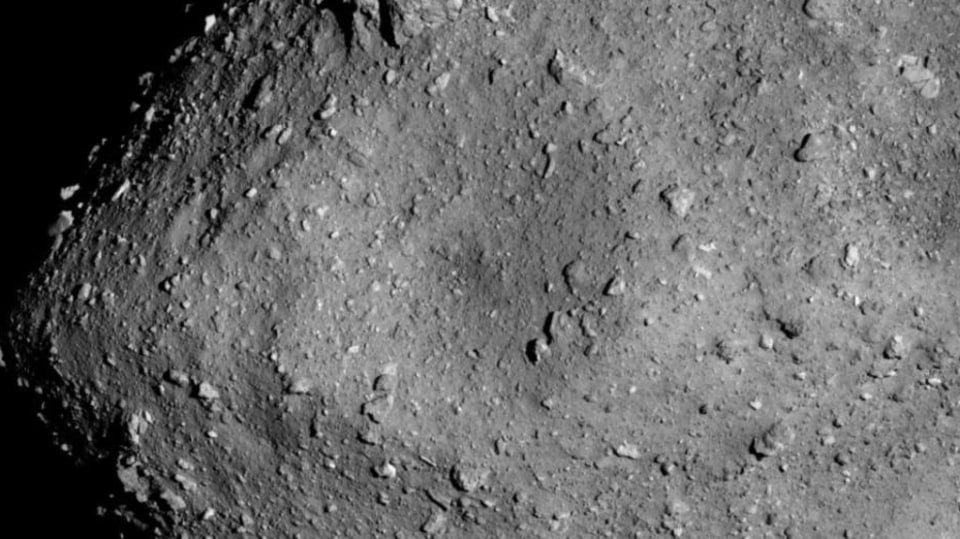
_1639115875543_1639115887157.jpg)
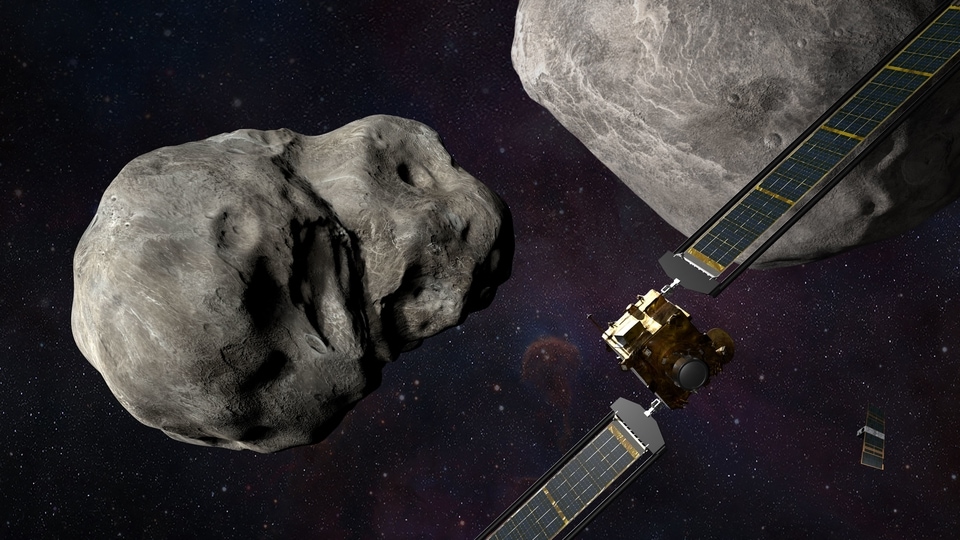
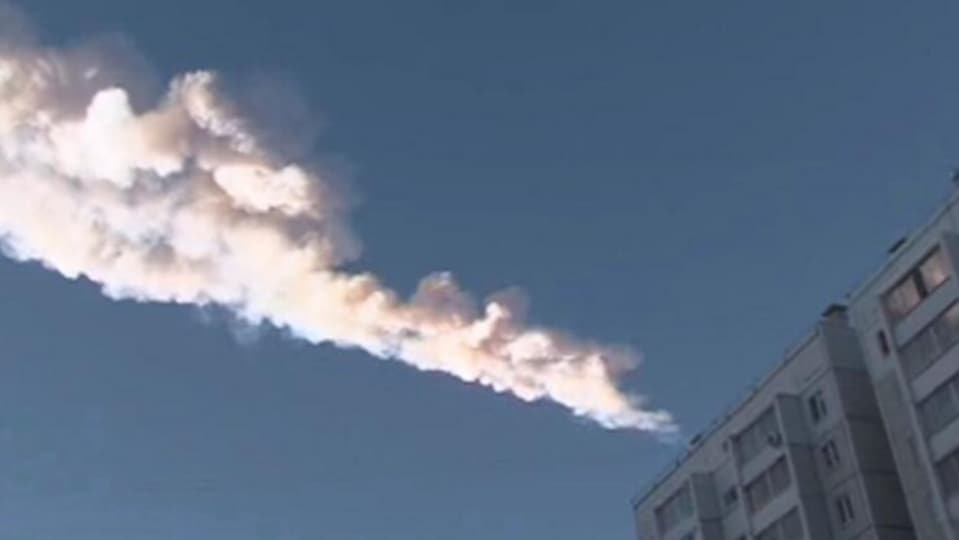
 View all Images
View all ImagesOn February 15, 2013, an asteroid exploded over the city of Chelyabinsk, Russia. The explosion resulted in the asteroid breaking down into small pebbles which rained onto Earth in the form of debris. The debris itself was not the cause of any real injury or damage. Amazingly, the real threat was from the explosion that took place and the shock wave that followed combined with the reality of modern living. The horror story that ensued injured nearly a thousand people. Since the last major asteroid strike to the Earth was hundreds of thousands years ago, most do not realize the lethality of even the smallest of space rocks. Astrophysicist Neil deGrasse Tyson explained the true danger we face from these space rocks speaking in a Joe Rogan podcast.
During the podcast, Rogan asked about the threat humans face from asteroids. In response, Tyson pointed towards the asteroid that crashed into Chelyabinsk. The interesting aspect of the incident was that the the space rock itself was just 20 meters in size (just over 65 feet). In comparison, the asteroid that destroyed dinosaurs was a little over 10 kilometers in width. Yet, such asteroid could still cause damage to an entire city.
Asteroid Chelyabinsk incident
Tyson explained, “There was an asteroid that collided with Earth in Russia. Just near Siberia in the Ural Mountain, on the coast of Siberia. It was visible to everybody in broad daylight”. And because everyone saw it explode, people became curious and rushed to their windows to see what the bright light was all about.
Now, because there is a time delay between the explosion and the shock wave, as light travels faster than sound, people were able to see the explosion and react to it by going towards the windows in their house and that is when the shock wave hit them!
Once, the shockwave struck, it broke the window panes, which hit people in their faces and injured them severely. Luckily, there were no reports of any death during the event but it put nearly a thousand people in the hospital.
“It was a shot across our bows. No one died, but there is no better way to be warned than to have band-aids to cover your injuries that could have vaporized you or rendered your species extinct”, said Tyson.
Catch all the Latest Tech News, Mobile News, Laptop News, Gaming news, Wearables News , How To News, also keep up with us on Whatsapp channel,Twitter, Facebook, Google News, and Instagram. For our latest videos, subscribe to our YouTube channel.



